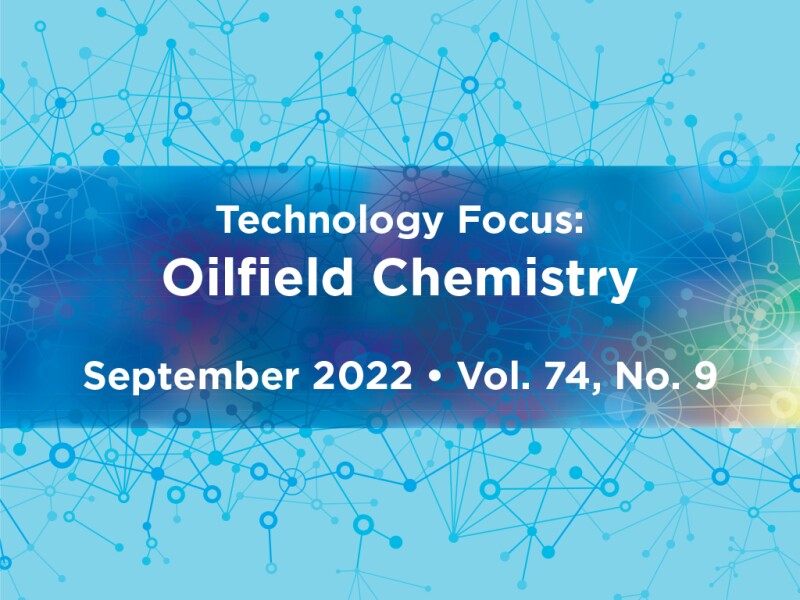The technical arena of oilfield chemistry is no longer an area of interest only to production operations. When completions operations (including hydraulic fracturing) yield wells with a low productivity index (PI), all chemical constituents introduced downhole (e.g., drilling, completions, and stimulation) are scrutinized for deleterious interactions with the mineralogy, formation fluids, and one another. Field-relevant work flows and improved test methods are critical to the investigation of root causes for a low PI.
Several studies have been published showcasing new additives and fluids that can improve well productivity. However, often the methods to select and optimize these products do not account for the uncertainties and challenges of an actual wellsite (e.g., sample collection and integrity, challenging surface conditions, and representative samples).
Operators must challenge themselves first to document and rank the most likely causes of low or declining well productivity using actual well samples and parameters. Then, collaboration with chemical and service providers is used to technically justify (a) the selection and optimization of chemical additives to maintain or stimulate productivity on existing producers and (b) the optimization of additives for future well completions in the same reservoir.
The selected papers represent sophisticated work around the phenomena of scale and precipitation that can have dramatic effects on productivity, specifically in shale and tight completions. These papers include comprehensive work flows to analyze recovered samples (to confirm damage identification) as well as improved methods to analyze the concentration of scale inhibitor in produced water with enhanced simplicity and accuracy. The selections also include integrated studies of the phenomena of chemical species at critical interfaces (formation, cement, and casing) that can seed production of damaging deposits, with an eye toward prevention of their effects on productivity.
This Month’s Technical Papers
Method Measures Effective Scale-Inhibitor Concentration at Low Detection Limit
Hydraulic Fracturing Fluid Interactions With Steel, Cement, and Shale Measured
Data-Driven Approach Develops Proactive Chemical Treatment Strategies
Recommended Additional Reading
SPE 205284 Surfactant and Friction-Reducer Interaction in High-Salinity Slickwater Fracturing by Abdelrahman Kotb, Texas A&M University, et al.
SPE 209507 The Oda Field: From Scale Prediction to Reality—Why Squeezing Was Not Necessary Despite a High Calcium Sulphate Risk by Baard Kaasa, Scale Consult, et al.
URTeC 208302 A Flexible Biomimetic Superhydrophobic and Superoleophilic 3D Macroporous Polymer-Based Robust Network for the Efficient Separation of Oil-Contaminated Water by Fahd I. Alghunaimi, Saudi Aramco, et al.

Michael J. Fuller, SPE, is a senior completions subject-matter expert in the Chevron Technical Center, where he works in materials, fluids, and methods for completions, drilling, and stimulation operations as a part of Chevron’s Wells team. In his 18 years working in global roles in upstream oil and gas, he has been issued several patents and produced numerous industry publications. Fuller holds a PhD degree in chemistry from Northwestern University and a BS degree in business chemistry from Northern Illinois University. He currently serves as co-chair for the Chemical Science Roundtable at the National Academy of Science, Engineering, and Medicine and as vice-chair for the 2023 SPE International Conference on Oilfield Chemistry.

